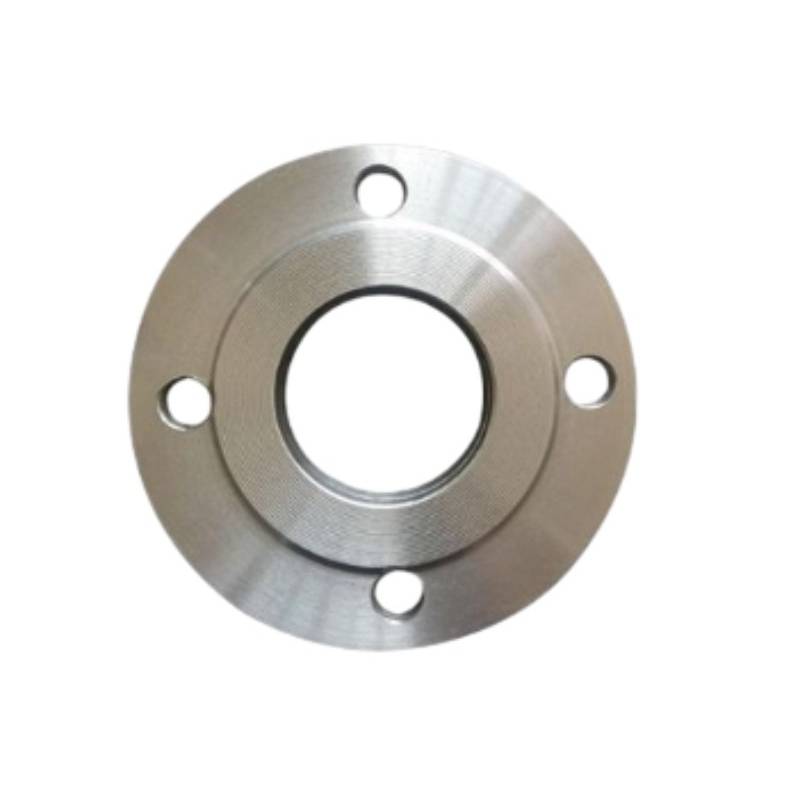-
Cangzhou Yulong Steel Co., Ltd.
-
Phone:
+86 13303177267 -
Email:
admin@ylsteelfittings.com
- English
- Arabic
- Italian
- Spanish
- Portuguese
- German
- kazakh
- Persian
- Greek
- French
- Russian
- Polish
- Thai
- Indonesian
- Vietnamese
- Zulu
- Korean
- Uzbek
- Hindi
- Serbian
- Malay
- Ukrainian
- Gujarati
- Haitian Creole
- hausa
- hawaiian
- Hebrew
- Miao
- Hungarian
- Icelandic
- igbo
- irish
- Japanese
- Javanese
- Kannada
- Khmer
- Rwandese
- Afrikaans
- Albanian
- Amharic
- Armenian
- Azerbaijani
- Basque
- Belarusian
- Bengali
- Bosnian
- Bulgarian
- Catalan
- Cebuano
- China
- China (Taiwan)
- Corsican
- Croatian
- Czech
- Danish
- Esperanto
- Estonian
- Finnish
- Frisian
- Galician
- Georgian
- Kurdish
- Kyrgyz
- Lao
- Latin
- Latvian
- Lithuanian
- Luxembourgish
- Macedonian
- Malgashi
- Malayalam
- Maltese
- Maori
- Marathi
- Mongolian
- Myanmar
- Nepali
- Norwegian
- Norwegian
- Occitan
- Pashto
- Dutch
- Punjabi
- Romanian
- Samoan
- Scottish Gaelic
- Sesotho
- Shona
- Sindhi
- Sinhala
- Slovak
- Slovenian
- Somali
- Sundanese
- Swahili
- Swedish
- Tagalog
- Tajik
- Tamil
- Tatar
- Telugu
- Turkish
- Turkmen
- Urdu
- Uighur
- Welsh
- Bantu
- Yiddish
- Yoruba

Sep . 16, 2024 12:03 Back to list
stainless steel socket weld pipe fittings
An Overview of Stainless Steel Socket Weld Pipe Fittings
Stainless steel socket weld pipe fittings are crucial components in piping systems, particularly in demanding environments such as chemical processing, oil and gas, and power generation industries. These fittings are designed for high-pressure applications, providing both strength and corrosion resistance. The term socket weld refers to a type of fitting that allows the pipe to be inserted into a socket end, which is then welded around the joint. This method creates a robust and secure connection, suitable for high-stress applications.
Materials and Grades
Stainless steel fittings come in various grades, each tailored to specific environmental and mechanical requirements. Common grades include 304 and 316 stainless steel. While 304 is suitable for many general applications, 316’s enhanced resistance to corrosion, especially in chloride environments, makes it the preferred choice for marine and industrial applications. The choice of grade impacts not only the performance of the fittings but also their longevity, maintenance requirements, and overall cost.
Design and Applications
The design of socket weld fittings allows for easy installation and maintenance. The key types of fittings include elbows, tees, reducers, caps, and flanges, all of which can be crafted in different sizes to accommodate various pipe diameters. Socket weld fittings are particularly useful in spaces with limited access, as they do not require as much clearance as other types of welds. They are widely used in applications such as
- High-pressure systems The robust nature of socket weld fittings makes them ideal for systems that operate under high pressure. - Fluid transfer applications Their leak-proof nature ensures that fluids are transported safely and efficiently. - Aerospace and nuclear industries The high standards required in these sectors mean that socket weld fittings are often the go-to choice for engineers and designers.
stainless steel socket weld pipe fittings

Installation Considerations
When installing socket weld fittings, it is essential to follow proper welding techniques to ensure a strong and reliable connection. The installation process typically involves cleaning the pipe ends, aligning the fittings, and applying heat to fuse the surfaces together. Welders must take care to avoid overheating, which can lead to warping or other structural issues. Additionally, proper safety precautions must be observed during installation to prevent accidents.
Advantages
One of the main advantages of stainless steel socket weld pipe fittings is their ability to withstand harsh environments. Their corrosion resistance minimizes the risk of rust and degradation, translating to lower maintenance costs and reduced downtime. Furthermore, the smooth interior of welded connections decreases turbulence, allowing for efficient fluid flow, which is essential in many industrial applications.
Conclusion
In conclusion, stainless steel socket weld pipe fittings play a vital role in various piping systems. Their strength, resistance to corrosion, and ease of installation make them ideal for high-pressure and demanding applications. As industries continue to evolve, the demand for reliable and robust piping solutions will persist, ensuring that stainless steel socket weld fittings remain a fundamental component in modern engineering and construction. Choosing the right fittings for specific applications is essential for maintaining system integrity and efficiency, making it imperative for engineers and designers to stay informed about the latest standards and materials available in the market.
Latest news
-
ANSI 150P SS304 SO FLANGE
NewsFeb.14,2025
-
ASTM A333GR6 STEEL PIPE
NewsJan.20,2025
-
ANSI B16.5 WELDING NECK FLANGE
NewsJan.15,2026
-
ANSI B16.5 SLIP-ON FLANGE
NewsApr.19,2024
-
SABS 1123 FLANGE
NewsJan.15,2025
-
DIN86044 PLATE FLANGE
NewsApr.19,2024
-
DIN2527 BLIND FLANGE
NewsApr.12,2024
-
JIS B2311 Butt-Welding Fittings LR/SR 45°/90° /180°Seamless/Weld
NewsApr.23,2024











